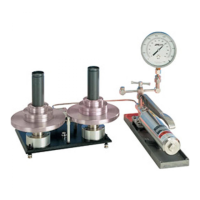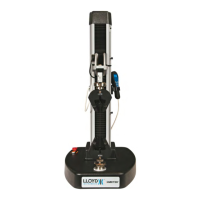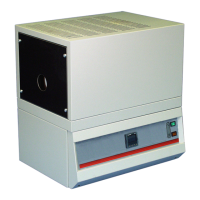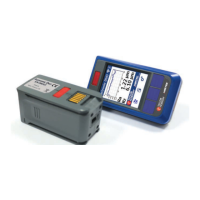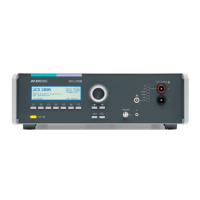40
© AMETEK, Inc.
The heating rate can be changed to get a quick idea in what range the flashpoint of the unknown sample appears.
When all parameter were adjusted prepare your sample and the sample cup (1 ml cup volume) for the test.
8.2.5 ASTM D93A / ISO 2719A Correlation Method (Pensky Martens Closed Cup)
Please use the ASTM D7094 method for generating results equivalent to ASTM D93A.
According to the official ASTM Committee Statement “… there is no statistically significant bias observed between
ASTM D7094 and ASTM D93A.” This statement is based on the results of extensive Round Robin tests.
8.2.6 EN ISO 3679/3680 Correlation Method (ASTM D3828, IP 523/524)
These methods use the temperature equilibrium time and ignition steps specified in the closed cup standards EN ISO
3679/3680. ASTM D3828A/B and IP523/524 methods are technically equivalent to the ISO 3679/3680 methods.
Opposed to other closed cup methods, the ISO 3679/3680 method
does not measure sample temperature, but measures the oven temperature only
does not have a stirrer for rapid equilibrium
requires a fresh sample for every ignition
starts the test at the expected flashpoint
Temperatures >100°C require more sample and a longer equilibrium time and the resulting flashpoint is slightly higher
than for other methods.
For better simulation of the delay in ISO 3679 /3680 flashpoint temperature adaption above 100°C, we suggest to
use a cool 2 mL stainless steel cup
adapt ignition time to 10ms for temperatures >100°C
refrain from using a stirrer
ISO 3679 / 3680 simulation
Some test results of the adapted ISO 3679 simulation for temperatures >100°C (energy = 10 ms):
Set the sample name, the initial temperature (expected flashpoint), the temperature range and the energy. Then use a
cool 2 mL sample cup and start the test. Ignition steps are programmed and follow the ISO 3679 / 3680 correlation
method.
Sample ISO 3679 ASTM D7094
Hexadecane 134 ( ±4.4°C) 131°C
100°C
Regular 2 mL, cool 15 ms No
100°C
Stainless Steel 2 mL, cool 10 ms No
Sample ISO 3679 ISO 3679 Simulation Average
Diethylene Glycol 142.2°C (± 4.5°C) 143°C
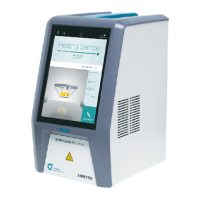
